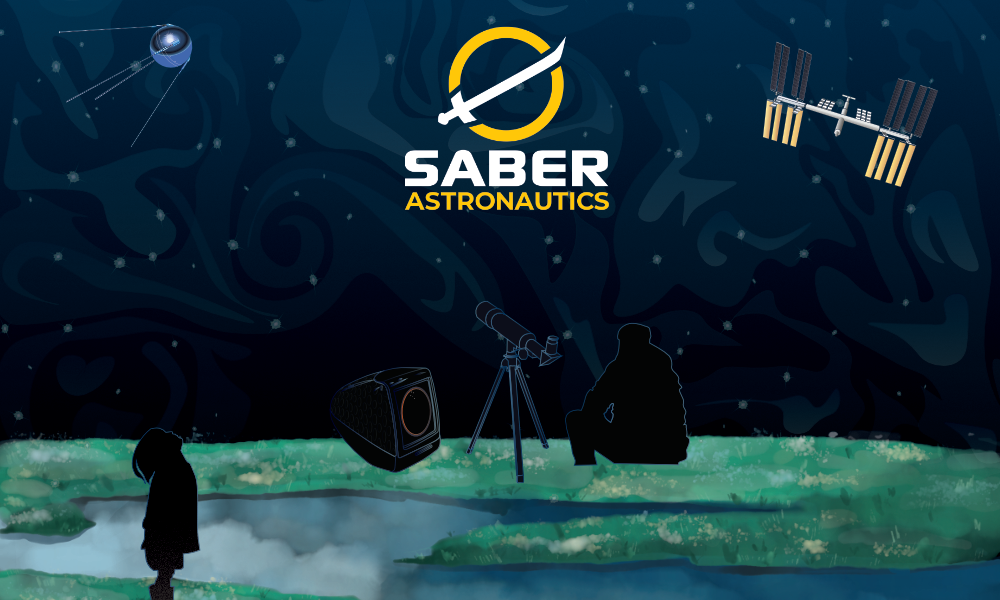Saber Astronautics is starting a new program to open source software to connect satellites to mission control centres. Called the Open Source Space Operations project, or “OSSO”, the aim is to make it easier for new space companies to rapidly deploy their missions.
This project has received funding valued at $788,792 from the Australian Government’s International Space Investment: Expand Capability programme.
OSSO’s objective is to solve the bespoke nature of infrastructure needed to operate a space mission. The open sourcing of Saber’s operational infrastructure and making components available for free via the OSSO platform will allow any new space team to collaborate in a way which avoids competitive angst, builds on lessons learned, and allows for iterative improvement. New missions will quickly close the loop between spacecraft prototype and live flights.
A number of Saber’s technologies forming the OSSO project will be introduced in stages, including ways to connect Mission Control Centres, satellite dishes, and commonly used satellite standards. “OSSO will further lower the barriers to space for organisations, for example, smallsat operators and university programs,” noted Aidan O’Brien, Saber’s Head of Infrastructure and Analytics. “It will give people access to a full ground station system with space heritage that can be used by anyone, anywhere without vendor lock-in”.
CUAVA Director, Prof. Iver Cairns said, “It is really exciting to see Saber win funding for its OSSO project. The CUAVA team is an early adopter with Saber as Operations for the first version of OSSO for the CUAVA-1 CubeSat, which should launch in late 2020 or early 2021. CUAVA stands ready to demonstrate OSSO with Saber and our partners”.
The OSSO project also supports the mission operation for the Breakthrough Initiatives’ TOLIMAN spacecraft. TOLIMAN’s main payload is a 10cm class space telescope to prospect for Earth-like planets around our nearest neighbour star system, Alpha Centauri. When it flies, TOLIMAN will be the largest privately-funded astronomical space telescope to have been launched. Its audacious blue-sky science ambition will deliver an immediate and high profile Australian-led space asset supporting world class research.
Saber’s CEO, Dr Jason Held, expressed why this mission was different “Billion-dollar space telescopes such as Hubble and James Webb are workhorses for astronomy but huge cost and weight make them difficult to access.” Time on large spacecraft is a very limited and hotly contested resource. “There is a whole universe to explore, so a targeted mission like TOLIMAN is actually quite refreshing.”
Smaller spacecraft like CUAVA-1 and TOLIMAN are orders of magnitude cheaper, creating new opportunities. For Australians the trend has resulted in a virtual boom economy as the space sector sets to triple over the next ten years. For example, there are nearly 600 new satellites commissioned for manufacture by Australia alone—nearly half of the number operational satellites in orbit worldwide.






